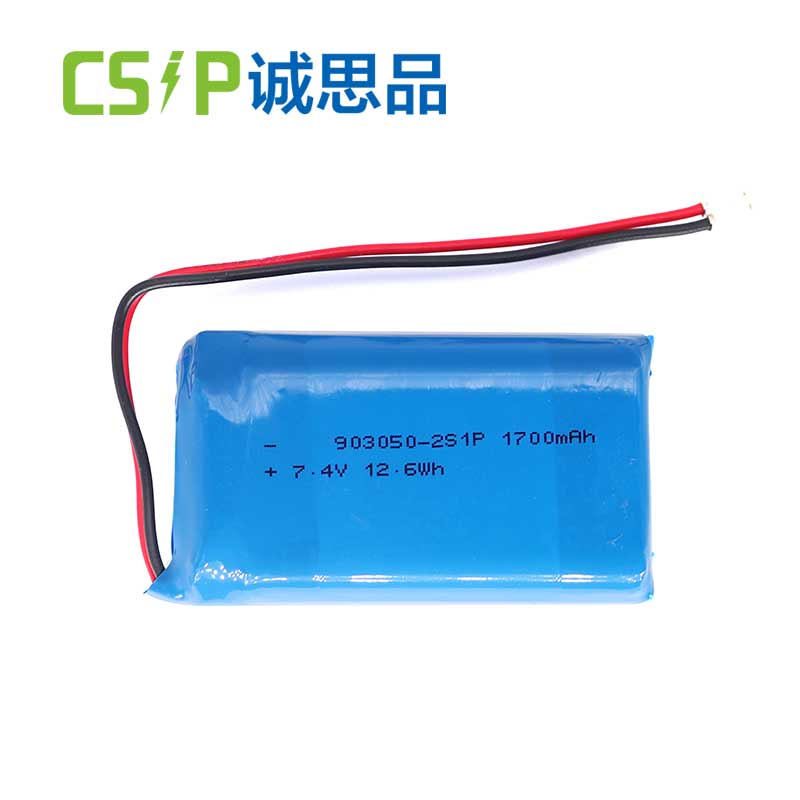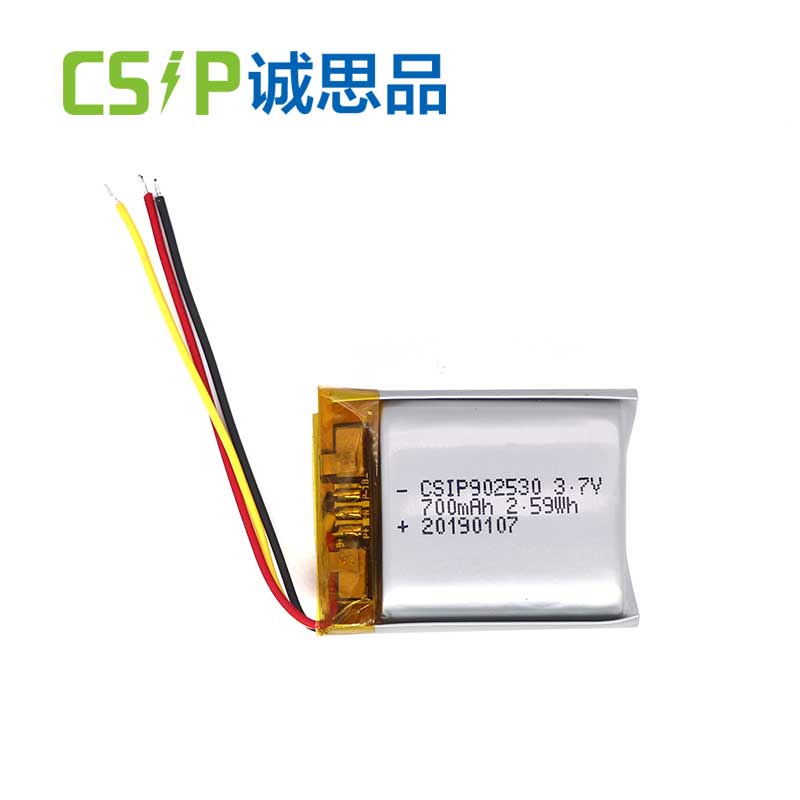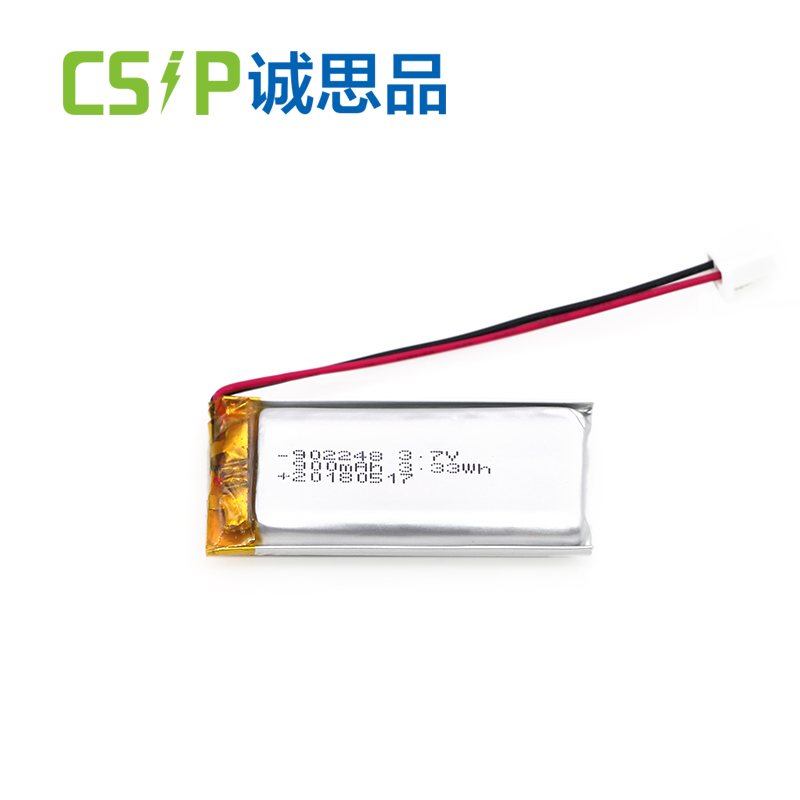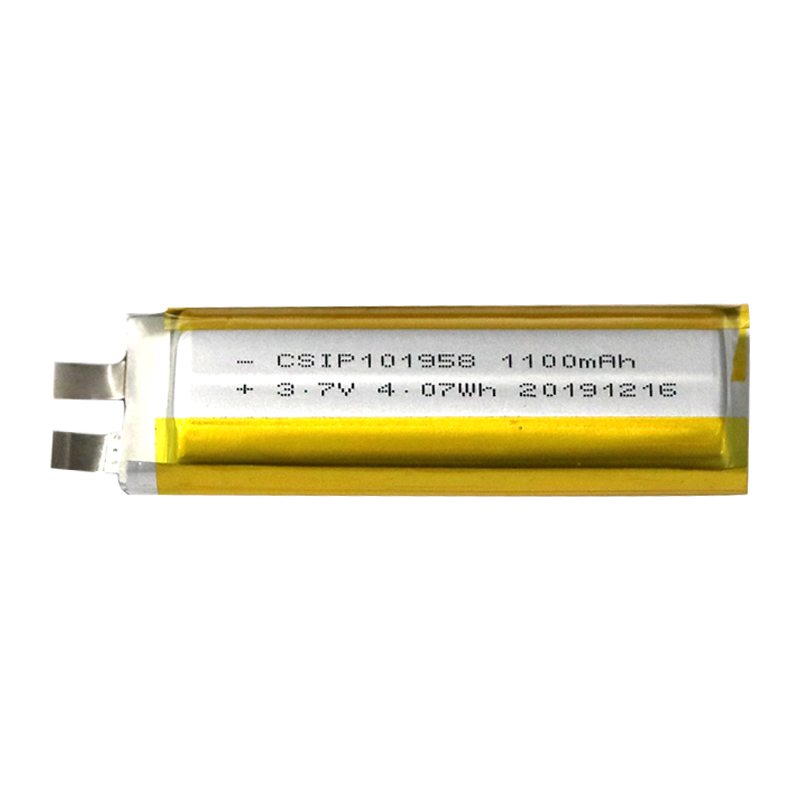Although lithium batteries are widely used in cars, electric vehicles, mobile phones, tablets, laptops and other devices, and in the near future, more devices may need to use them, but for the time being, mobile phones and tablets and other devices are still the nearest lithium battery-powered devices to us. Therefore, it is necessary to make special instructions on the use of lithium batteries for mobile phones.

1. Charging
In the use of lithium batteries, it should be noted that after a period of time, the battery will enter a dormant state, when the capacity is lower than the normal value, the use of time is also shortened. However, lithium batteries are easy to activate, as long as after 3-5 normal charging and discharging cycle can activate the battery to restore the normal capacity. Due to the characteristics of the lithium battery itself, it has almost no memory effect. Therefore the new lithium battery in the user's mobile phone does not require special methods or equipment during the activation process.
Not only is this theoretically true, but in my own practice, the "natural activation" method of charging in the standard way from the beginning is the best. There is a lot of talk about the "activation" of lithium batteries: the charge time must exceed 12 hours and be repeated three times in order to activate the battery. This statement that "the first three charges should be over 12 hours" is clearly a carry-over from nickel batteries (e.g. NiCd and NiMH).
Therefore, it can be argued that this statement was misrepresented from the beginning. The charge and discharge characteristics of lithium and nickel batteries are very different and I can tell you very clearly that all the serious official technical sources I have consulted emphasise that overcharging and overdischarging can be very damaging to lithium batteries, especially liquid lithium ion batteries. It is therefore best to charge them at standard times and in standard ways, and especially not for longer than 12 hours. Usually, the charging method described in the manual of a mobile phone is the standard charging method for that phone.
There is no such thing as a "trickle" charge that lasts for 10 hours or so with a nickel charger. In other words, if you leave your Li-ion battery on the charger after it has been fully charged, it will still be charged for nothing. None of us can guarantee that the characteristics of the battery's charge/discharge protection circuitry will never change and that the quality of the battery will never fail, so your battery will be on the edge of danger for a long time. This is another reason why we are against long charging.

In addition, on some phones, if you do not remove the charger after charging for a certain amount of time, the system will not only not stop charging, but will also start a discharge-charge cycle. Perhaps the manufacturers of this practice have their own agenda, but it is clearly detrimental to the battery and the life of the phone/charger. At the same time, long charging takes a long time and often needs to be done at night, when, given the state of our power grid, the voltage is higher and more volatile in many places. As already mentioned, Li-ion batteries are delicate and are much less resistant to fluctuations than nickel in terms of charging and discharging, so this poses an additional danger. Another aspect that must not be overlooked is that lithium batteries are also not suitable for over-discharging, which is also detrimental to lithium batteries. This leads us to the following question.
2. When to start charging in normal use
In the forum, you can often see this statement, because the number of charge and discharge is limited, so the phone battery should be used up as much as possible before charging. However, an experimental table on the charge/discharge cycle of Li-ion batteries was found and the data on cycle life is listed below.
Cycle life (10% DOD): >1000 cycles
Cycle life (100% DOD): >200 cycles

Where DOD is the abbreviation for depth of discharge. As can be seen from the table, the number of rechargeable cycles is related to the depth of discharge, and the cycle life at 10% DOD is much longer than at 100% DOD. Of course if you discount the relative total capacity of the actual charge: 10%*1000=100 and 100%*200=200, the latter is still better for a complete charge and discharge. Under normal circumstances, you should have reservations about charging the battery until it runs out of charge, but if the battery is not expected to last the whole day on day 2, you should start charging it in time, unless of course you are willing to carry the charger to the office. If you need to recharge your battery for an important event that is expected to cause heavy traffic, even if there is still a lot of charge left, then you should just recharge it in advance, as you have not really lost "1" charge cycle life, i.e. "0.x "times", and often this x will be very small.
The principle of recharging when the battery has run out of charge is not meant to take you to extremes. A popular saying, as with long charging, is "try to use up your phone battery as much as possible, preferably until it turns itself off". This practice is actually only used for nickel batteries to avoid memory effects, but unfortunately it is also used for lithium batteries today. There have been examples of people who have used their mobile phones until the battery is automatically switched off without recharging them after a low battery warning has appeared. As a result, the phone in this case did not respond to subsequent charging and switching on and had to be sent to a customer service for repair.
This is actually caused by the battery being over-discharged and causing the voltage to be so low that it does not have normal charging and switching on conditions.

3. Important tips for the correct use of Li-ion battery phones
To sum up, my most important tips on charging and discharging Li-ion phones in use are
1. follow the standard time and procedure for charging, even for the first three times.
2. you should try to start charging promptly when there is an indication that the phone is low on charge.
3. No special method is needed to activate the lithium battery, which will activate naturally during normal use of the phone. If you insist on using the "first three 12-hour long charge activation" method, it won't actually work. Therefore, all attempts to charge the phone for 12 hours and use the Li-ion battery until it automatically switches off are wrong. If you have done this before, it may not be too late to correct it.

Of course, with good quality protection and control circuits in the phone and charger itself, the protection of the Li-ion battery is still quite guaranteed. That is why an understanding of the charging rules is the key, and in some cases it is possible to make certain concessions. For example, if you find that the phone must be charged before you go to bed at night, you can also start charging it before you go to bed. The point is that one should know what the right thing to do is and not deliberately follow the wrong statements.
4. Battery maintenance
In fact, there is not much to take into account when using a battery, in other words it is not very useful to take into account. How many times a battery can be used, the difference is more from the individual differences in the manufacture of the battery itself, rather than the use of methods. Apart from the quality of the battery itself, the life span of the battery itself is limited. Once a battery comes off the production line, its life begins to run out. Whether you use them or not, lithium batteries only have a life span of two to three years. One of the major reasons for the drop in battery capacity is still the increase in internal resistance due to oxidation, and eventually the electrolyte resistance will reach a point where the battery cannot release the charge it has stored, even though it is fully charged at that point.
Many of our friends believe that lithium batteries should be charged for more than 16 hours for the first time so that they can be fully activated. In fact, this is not based on the popular method of charging NiMH or NiCd batteries back in the day and does not work for Li-ion batteries. This is because this lithium polymer-based battery does not theoretically have a memory effect, and even if it did, it would be completely negligible. So it only needs to be charged for about 3 hours and then it's perfectly fine. If it shows that charging is complete and you don't need an external power source to use it for the time being, then you can unplug it and not have to wait so long.
Myth 1: The PSP needs to be charged and discharged three times over and over again in order to activate the battery when you buy it. Unless you buy a PSP that has been in stock for more than a year, you don't need to do this because the battery cells are now activated when they leave the factory, and the cells go through another test equivalent to activation when they are packaged into a PSP battery, so the battery you get is already activated, and doing the charging and discharging process three more times just needlessly increases the wear and tear on the battery.
Myth 2: The first charge must be done for 12 hours. This was true for early NiMH devices that had no battery control circuitry, but is a joke for today's PSPs with their intelligent charge/discharge control module. Even if you continue to charge it for 120 hours, there will be no change in status, and generally speaking, it will be fully charged in 3 hours. Instead, when you get a new machine you should drain it before charging it.
Myth 3: Batteries need to be thoroughly charged and discharged once a month. For NiMH batteries, which have a strong memory effect, this is a must, but for Li-ion batteries, this cycle is too frequent. Li-ion batteries theoretically eliminate the memory effect, and even if they do, it has been greatly reduced to a negligible level. ~1%), it is a deep discharge that has greater damage to the lithium battery, generally speaking every 2 months to do this operation will be fine. If you seldom use the battery, then as long as once every 3 months to carry out such an operation will be fine.
Myth 4: Working while charging, or that you will continue to use an external power supply after charging is complete will damage the main unit and the battery. This is one of the most ridiculous arguments. How much of the theoretical arguments at the level of so-called hole electrons, sub-charging and other mechanisms can be responded to in practice? The battery industry's academic opinion on this is, above all, inconsistent. How can the theoretical differences be used as a guide to the practicalities of consumer use? The wear and tear of a battery is divided into normal wear and tear and damaging wear and tear. The degree of wear and tear caused by external power use and use while charging is well within the normal range of battery wear and tear. But how much real effectiveness can be achieved by superficial cosmetics is not something that can be explained by theory - respect for practical experience is the correct and scientific way to look at it.

It may be argued that the only way to avoid battery ageing is not to use it (hence why many people choose to take it off), but this defeats the purpose of PSP portability, and the fact that batteries age naturally over time, even when sealed. Batteries are effectively a semi-consumable item, and as long as they bring you enough convenience and pleasure, I think their sacrifice is worthwhile.

































 401,Building A1,No.168,Changshan IndustrialZone Liulian Community,Pingdi Street,Shenzhen Guangdong Province,China
401,Building A1,No.168,Changshan IndustrialZone Liulian Community,Pingdi Street,Shenzhen Guangdong Province,China